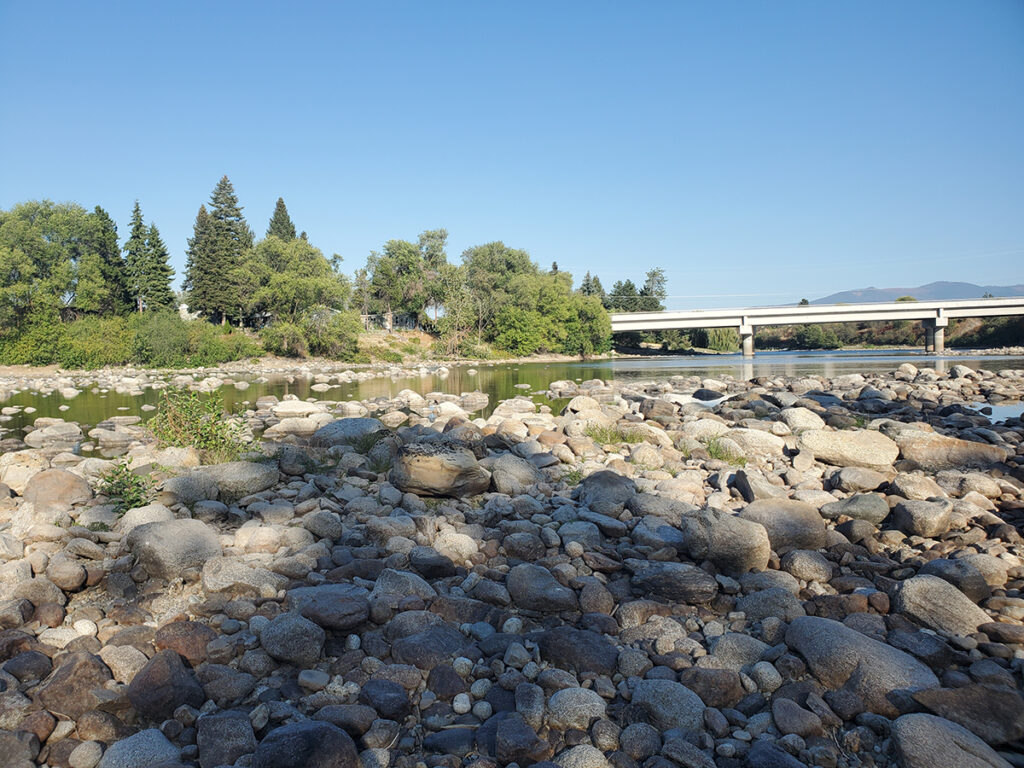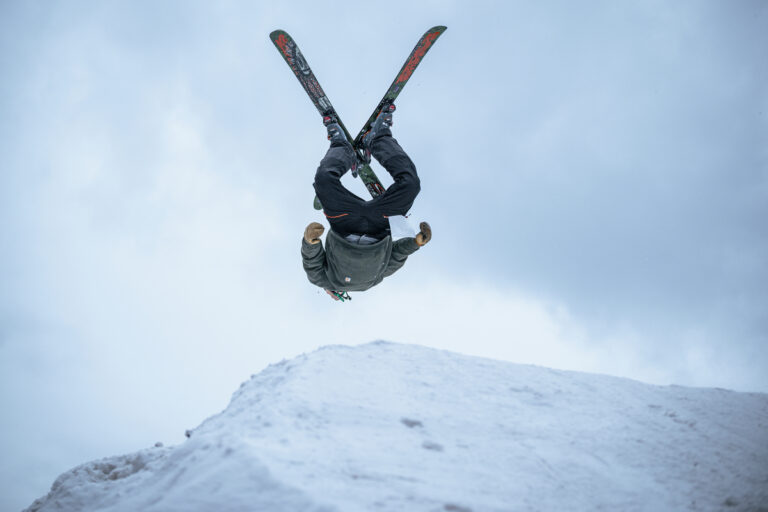By Katelyn Scott, Water Protector and Jule Schultz, Waterkeeper
The Spokane River is an incredible resource that provides endless recreation and vital wildlife habitat. However, climate change and increased water demands are putting the river at risk. The Spokane River is fed in large part by warmer surface water from Lake Coeur d’Alene and cold groundwater from the Spokane Valley Rathdrum Prairie Aquifer. When Lake Coeur d’Alene outflows decrease in the summertime, the river has a higher proportion of cold aquifer water. However, increased summer pumping lowers aquifer water available for maintaining cold water fish habitat.
The combination of higher water demand and lower flows creates a perfect storm for degrading the river’s health and the recreation it supports. Warmer water temperatures reduce oxygen levels in the water, stress aquatic life, and can intensify the effects of toxins. Cold-water fish like trout and salmon are highly sensitive to temperature changes. Increased water consumption leaves less cold aquifer water that the river needs to maintain summer water temperatures, shrinking available habitat for native fish that need the colder water to thrive.

Water conservation, particularly in outdoor watering, is a powerful tool to protect the Spokane River. The City of Spokane has a drought response ordinance that sets watering limits for residents, such as asking you to water on odd or even days of the week and avoid the peak high-heat hours of the day. Though it only applies to city residents, we can all follow these measures to protect our river.
By reducing water consumption, we can help maintain adequate flow levels in the river, which in turn supports cooler water temperatures and healthier ecosystems. For those who love to swim, fish, kayak, or simply enjoy the river’s natural beauty, maintaining a healthy Spokane River is essential. Ensuring cooler, cleaner waters means that current and future generations can continue to enjoy the river’s benefits.













